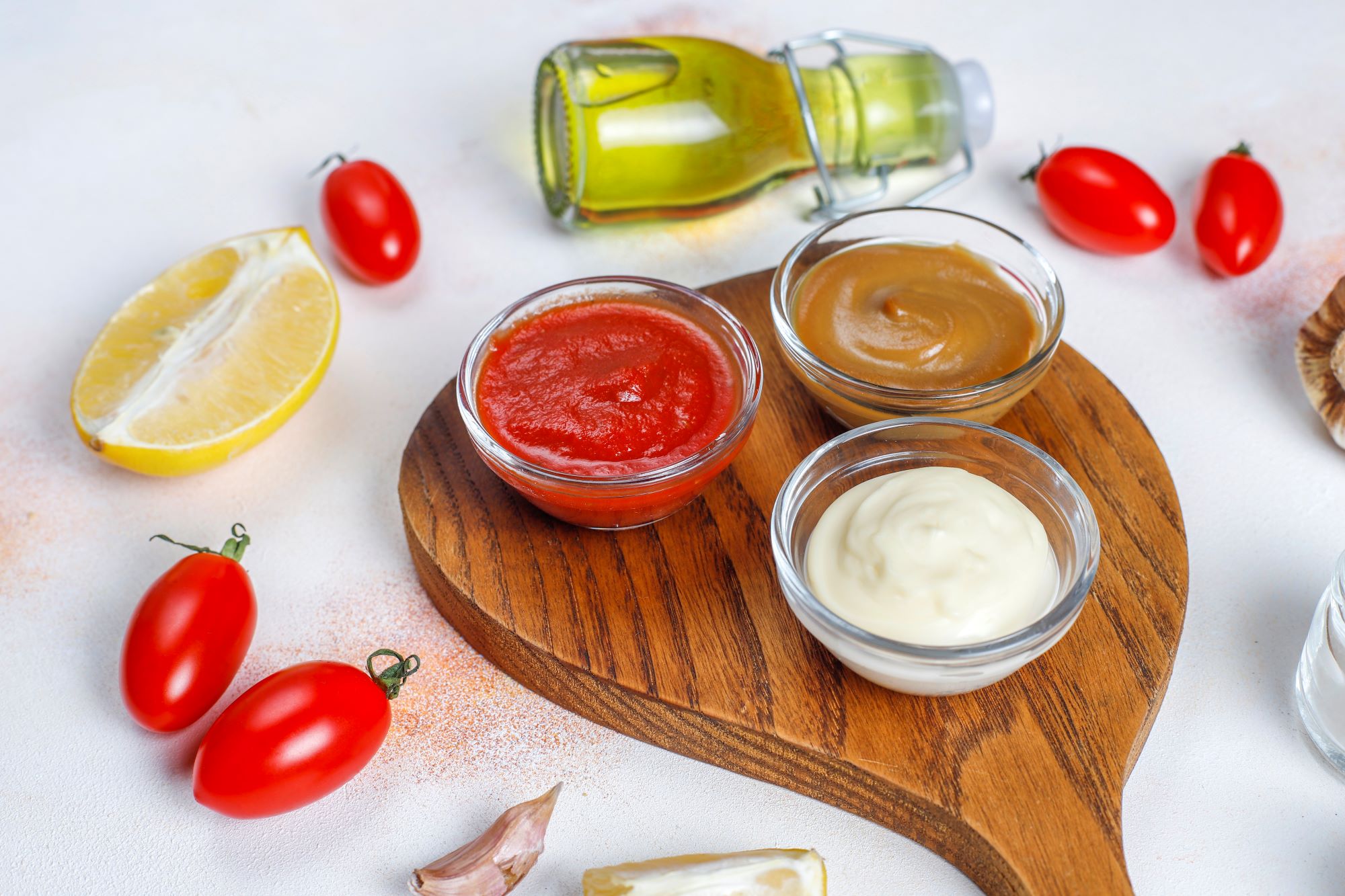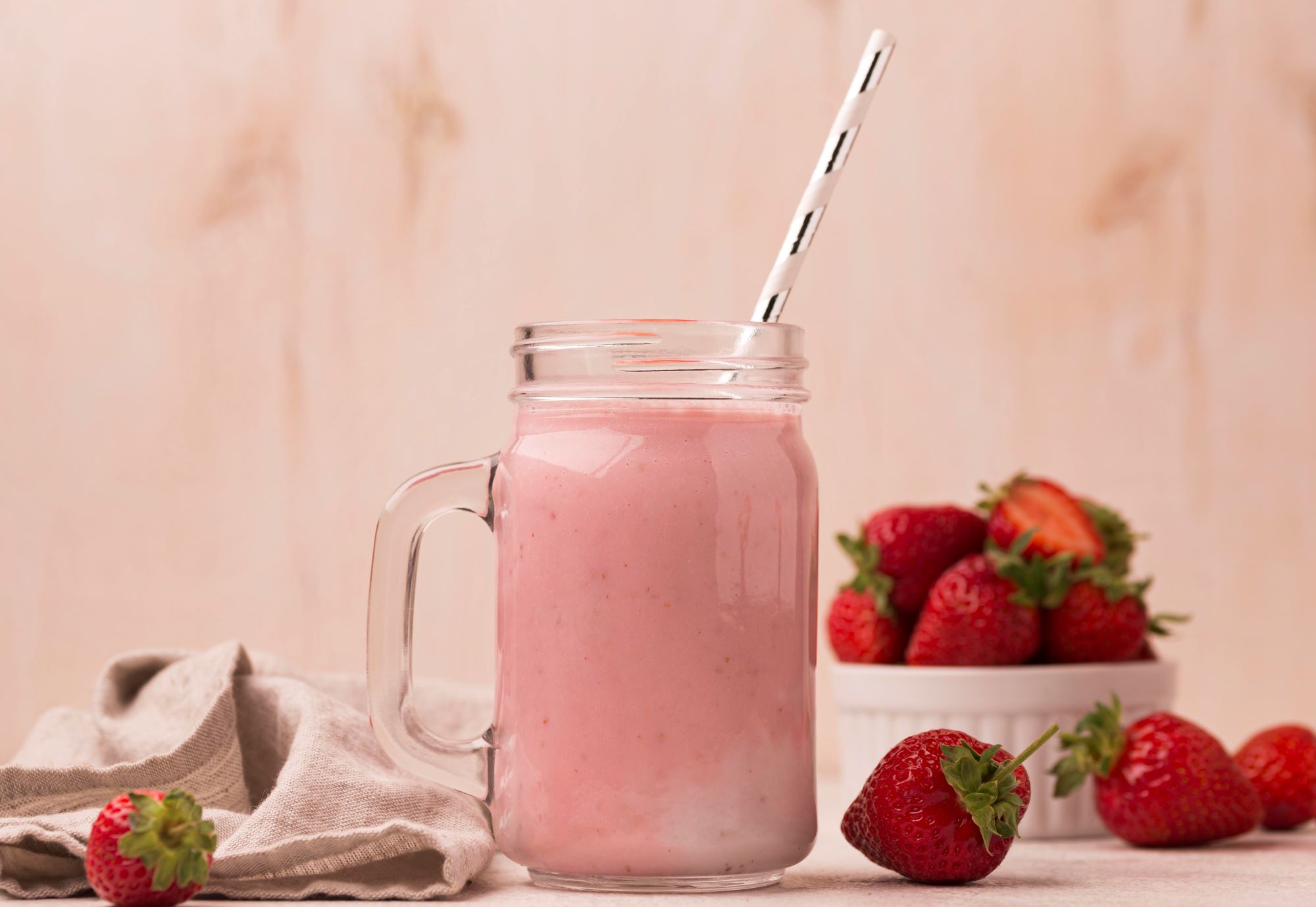We expect the very best when it comes to our favorite furry companion – but like anything else on the market, consumers are often times get misled by the labels.
Don’t believe everything you read
Other than the sneaky peanut butter you’ve been giving your dog, you always try to give them the best foods for them. You read the labels, research the ingredients and shun away from those that sound sketchy—but how much can you trust that label? These are the claims that should make you suspicious.
Grain-free

Gluten-free foods are experiencing a moment. For humans who suffer from celiac disease, grain-free diets are a must, but it’s important to remember that humans and dogs digest food differently and what’s good for people isn’t necessarily good for dogs, just like these common foods that could be dangerous for your pup.
“A grain-free diet is of no benefit to companion animals unless they have a specific allergy,” explains Robin Sturtz, DVM, director of Veterinary Technology Program at LIU Post. “Grains can add flavor, and help satiate the animal (make them feel full). Given the very high percentage of dogs and cats who are overweight, satiation is a desirable feature.”
Natural

There’s no official definition for this claim, and any pet food maker can slap it on their product. One suggested guideline from a pet food group is that “natural” dog foods should come strictly from plants, animals, or mined sources. According to Dr. Sturtz, “Adding vitamins to a food would not be consistent with the term ‘natural’. Therefore, to say that ‘natural’ food is better for the animal is to misinterpret the term.”
Low-fat

A low-fat diet may not even be the best idea for humans. Dogs really don’t have to worry about their fat consumption—they can eat much higher levels of both saturated and unsaturated fats and not suffer any ill effects. Unless your dog is obese or is suffering from pancreatitis, there is no reason to feed a low-fat diet. Consult your veterinarian if you think your dog may be overweight.
Organic

This term has a strict definition: The food must be raised without chemical fertilizers and meet very stringent guidelines set by the USDA. However, says Dr. Sturtz, “there are no formal definitions for ‘organic’ pet food; the definition of the term is based on human standards, which may not apply to animals.” Remember that while organic food is potentially safer than conventional food, it isn’t necessarily healthier. And don’t miss this list of foods your pets should never eat.
Raw diets

Dr. Sturtz also cautions against feeding a raw diet to your dog. Despite the trend of people eating raw and unprocessed foods, raw diets for dogs have the potential to be dangerous. “Unless you’ve just killed the antelope and brought it into the kitchen, it has been processed in some manner,” he says. “If nothing else, it was kept refrigerated, or otherwise stored, at some point. This means that certain bacteria can remain in the food, leading to devastating illness and even death, in the animal or the human.” The American Veterinary Medical Association discourages the feeding of raw animal products (meat and bones) and the CDC, as well as the American College of Veterinary Nutritionists, advise against raw diets. “There is no scientific evidence of benefit from these diets,” Dr. Sturtz adds.
Gourmet

Branding a food as gourmet doesn’t mean anything—there are no standards a marketer must meet to slap the word on a bag of kibble, though it does evoke fresh, delicious food. In truth, gourmet dog food is not different from any other dog food.
“Made with”

This is a dubious way of convincing consumers that there is more of something present than there actually is. To be “made with” something, there only needs to be 3 percent of the ingredient, so made with real beef, or made with organic ingredients, really doesn’t mean much of anything at all.
First ingredient

The first ingredient on the label is usually assumed to be the most abundant in the food, so marketers and food manufacturers are able to trick owners into thinking they are getting food with lots of healthy protein when chicken or beef is first on the list. Don’t believe it: Ingredients are weighed wet, or prior to cooking. Meat-based proteins usually shrink in the cooking process, while starch based carbs like rice swell. A food that favored protein before cooking can feature much more starch after cooking.
Glucosamine for joints

Glucosamine is a popular joint health supplement, used by pets and owners alike. Many food companies add glucosamine to their senior formulations, but studies have shown that the amount present in one day’s recommended feeding is not enough to promote healthy joints. In other words, feeding your pet glucosamine-enriched foods can’t take the place of a supplement.
Omega-3 fats

Many food manufacturers add omega-3 fatty acids to their product—which sounds great since these beneficial fats can help keep your dog healthy. However, the process most manufacturers use to prepare dog food destroys omega-3s.
The next time you’re out shopping for your furry best friend, always remember to read the food labels with a grain of salt.
Source: Reader’s Digest





